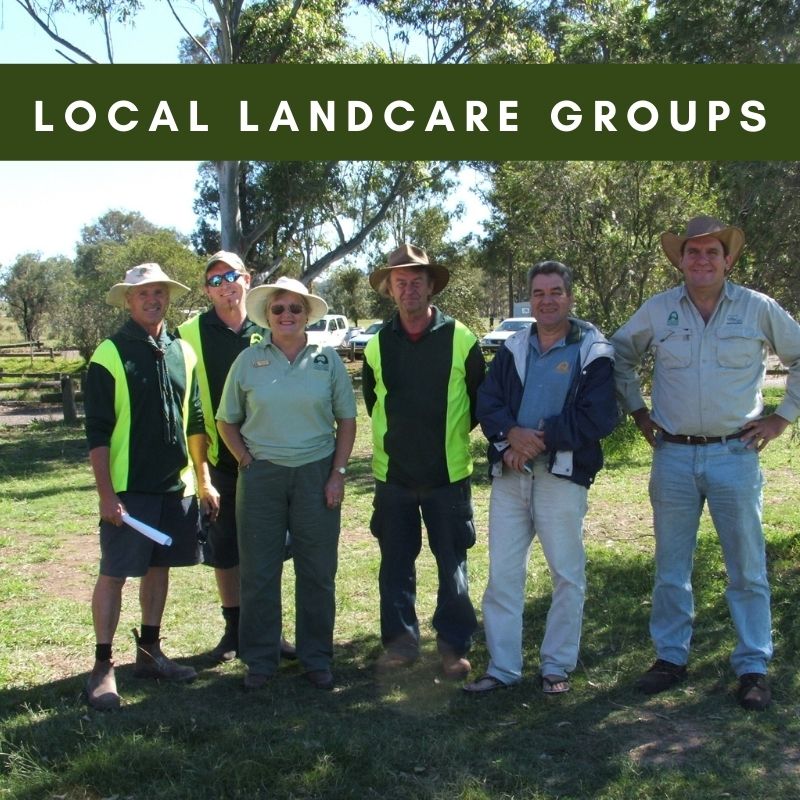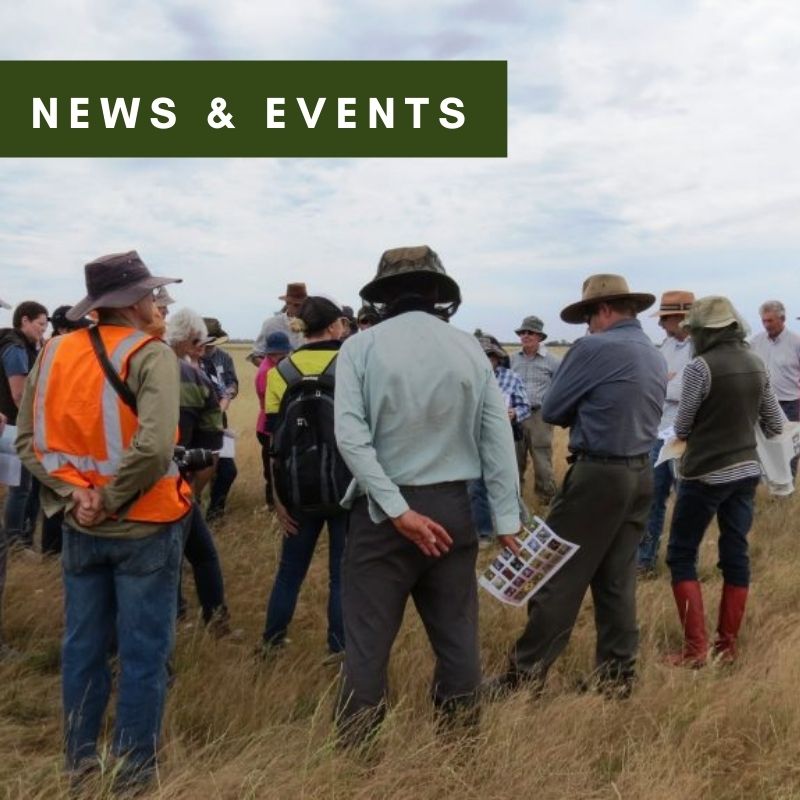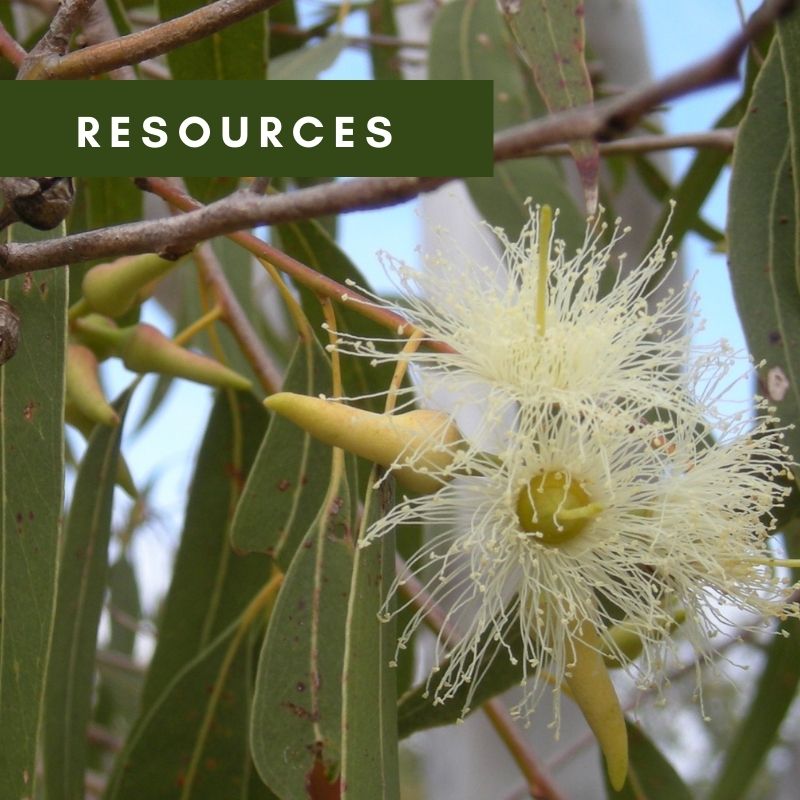“All are welcome on a Landcare site.”
Hunter Region Landcare Network Membership from 1st July 2023
Hunter Region Landcare Network (HRLN) Incorporated has updated its constitution with changes to membership structure and membership fees. Membership of HRLN is open to all individuals and Landcare or similar groups who accept the objects and constitution of the association.
Landcare Groups
Each Landcare group that joins HRLN is eligible to apply for $1,500 in funds annually from HRLN to run training, events, or workshops for their group. They also have access to HRLN funded events, Local and Regional Landcare Coordinator support, native tubestock, loan of HRLN equipment, electronic access to our library of reference materials.
Individual members
Are persons who wish to support HRLN in promoting natural resource management on an individual basis.
Individual members are given priority book-in to educational workshops and events. They also have access to native tubestock giveaways and electronic access to our library of reference materials.
Landcare Group Membership
- To be paid annually.
- Membership fees due and payable on the 1st July 2023
Individual Membership
- To be paid annually.
- Membership fees due and payable on the 1st July 2023
Membership fees due and payable on the 1st July 2023 and can be paid here or scan this qr code

For any Membership enquiries, please get in touch!
New to Landcare
Is this your first time thinking about Landcare?
Find out about Landcare right here, right now.
“Landcare is for everyone.”
What is Landcare?
A grassroots movement, supported by all three levels of government and the private sector.
People working together in a catchment to combat soil erosion, pests & diseases, loss of habitat for local flora & fauna.
Communities coming together to care for our environment.
People working together to return the bushland, creeks, wetlands or beach to the wondrous place they remember from their childhood.
Community building. It creates friendships, nurtures your soul and keeps you fit, it helps develop your sense of place, provides opportunities for you to make a difference and its fun.
Who are community Landcarers?
As the name suggests, “Community Landcare” is all about local communities coming together to address local natural resource management issues.
Community Landcarers come from all walks of life. All ages can participate; from preschoolers to senior citizens!
Some Landcarers are:
Organisers
Nurturers
Teachers
Tea Makers
Weeders & Planters
Digging Machines
Leaders
Listeners
Landcare Members
Already involved in Landcare?
Here’s what we have on offer.
“We are Landcare.”

Landcare Groups
Find out where your local group is and join now.

News & Events
Read the latest news from the Hunter Region Landcare Network and come along to local Landcare event.

Grants
Find out about local and national funding opportunities open to Landcare and environmental groups.

Resources
Our resource section is a library of helpful information including bird guides, plant identification and much more.
